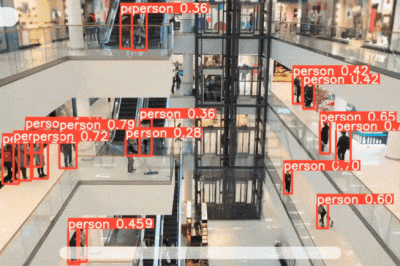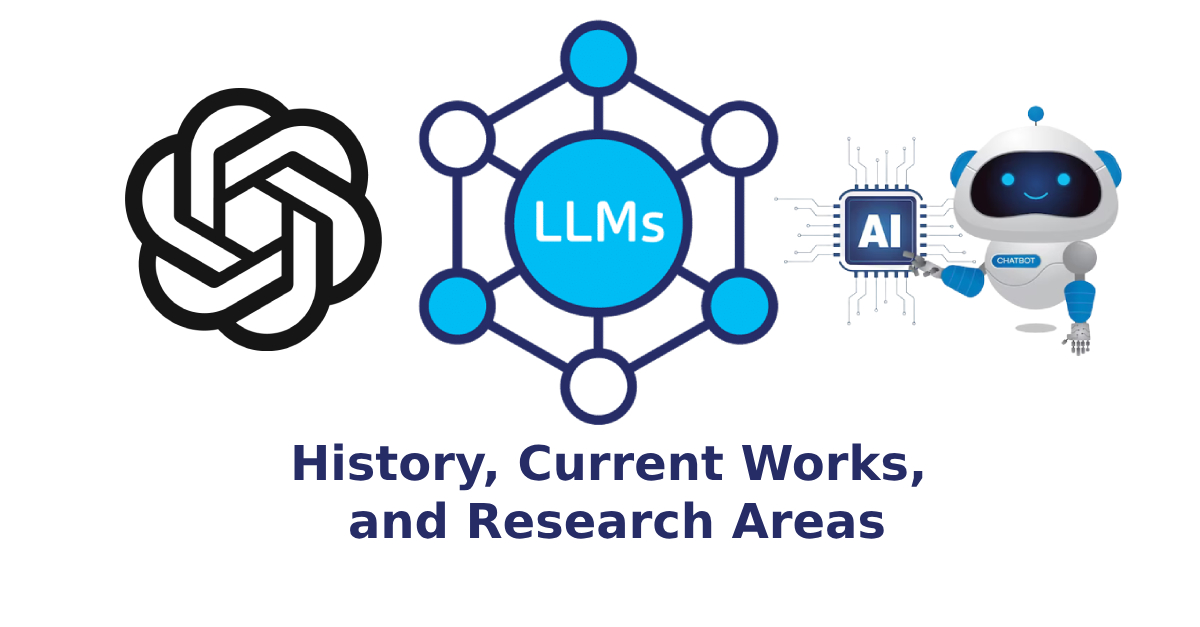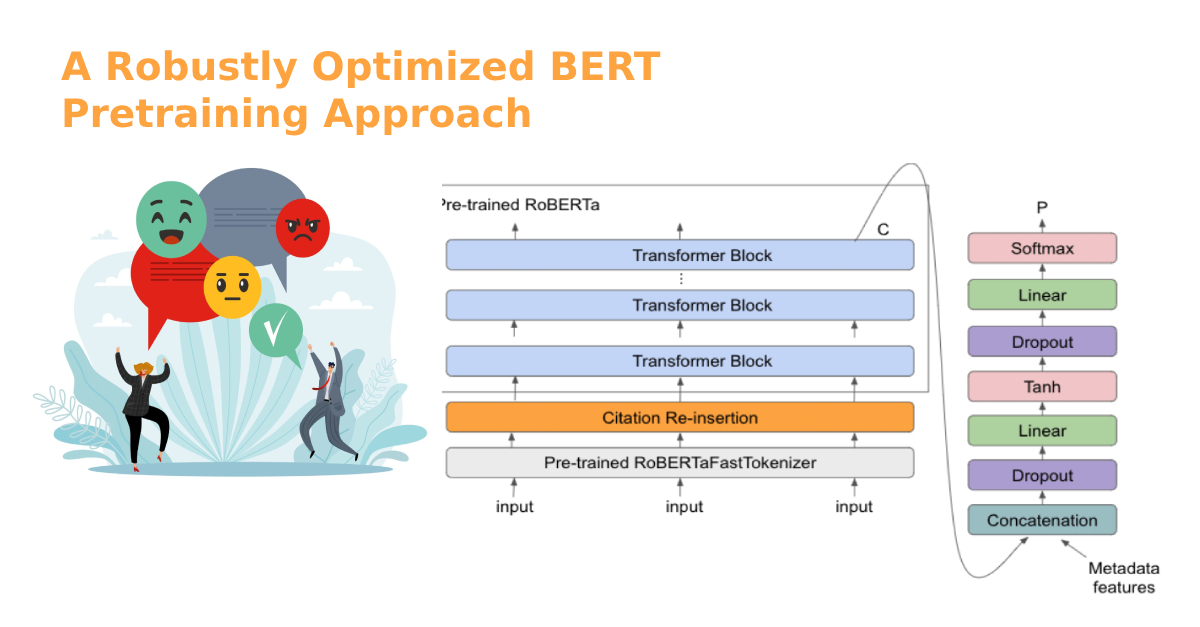The world of technology is ever-evolving, with new inventions reshaping our reality at a pace previously unimagined. Machine Learning (ML), a subset of artificial intelligence (AI), stands at the forefront of this transformation. With its algorithms and computational models that allow computers to perform tasks without explicit programming, ML has revolutionized industries, from healthcare to finance, retail, and beyond. As the field matures, new tools and technologies continuously emerge, each offering unique benefits and capabilities. This article dives deep into the innovative horizon of machine learning, highlighting the cutting-edge tools and technologies.
1. Advanced Frameworks & Libraries:
1.1 TensorFlow 2.x: An open-source machine learning library developed by Google, TensorFlow 2.x has simplified many complexities, offering enhanced flexibility and ease of use. Its integration with Keras has streamlined the process of building and training deep learning models.
1.2 PyTorch: Developed by Facebook’s AI research lab, PyTorch is rapidly becoming the go-to framework for researchers. Its dynamic computation graph offers an intuitive platform for deep learning research and development.
1.3 H2O.ai: This is an open-source AI platform that offers automatic machine learning solutions. It provides a range of algorithms optimized for speed and scalability.
2. Robotic Process Automation with ML:
2.1 UiPath: Incorporating ML models into Robotic Process Automation (RPA), UiPath facilitates advanced automation processes that include intelligent data extraction and decision-making.
2.2 Automation Anywhere: Another leader in RPA, Automation Anywhere integrates IQ Bot – a cognitive automation tool that employs ML to process unstructured data.
3. Automated Machine Learning (AutoML):
3.1 Google Cloud AutoML: AutoML automates the end-to-end process of applying machine learning to real-world problems. Google’s Cloud version offers tools for building custom models tailored to specific needs.
3.2 DataRobot: This enterprise AI platform enables the creation of accurate predictive models without needing to write code.
4. NLP and Speech Processing:
4.1 Transformers: A library by HuggingFace, Transformers provides state-of-the-art general-purpose architectures (like BERT, GPT-2) for Natural Language Understanding (NLU) and Natural Language Generation (NLG).
4.2 RASA: An open-source tool for building conversational interfaces, it combines NLP with ML for creating chatbots and assistants without the need for vast amounts of training data.
5. Reinforcement Learning:
5.1 Ray/RLlib: Ray is a distributed execution framework that facilitates large-scale ML applications. RLlib, a library on Ray, offers scalable reinforcement learning.
5.2 Stable Baselines: Building on OpenAI Baselines, Stable Baselines is a set of improved implementations of reinforcement learning algorithms in Python.
6. Machine Learning Platforms:
6.1 MLflow: Developed by Databricks, MLflow is an open-source platform that manages the ML lifecycle, including experimentation, reproducibility, and deployment.
6.2 Kubeflow: An ML toolkit for Kubernetes, Kubeflow aids in deploying, monitoring, and managing ML workflows at scale.
7. Model Interpretability and Bias Detection:
7.1 SHAP (SHapley Additive exPlanations): SHAP offers a unified measure of feature importance, providing clarity on model predictions.
7.2 Fairness Indicators: This tool allows for evaluating model fairness under diverse slices of data, assisting in uncovering and mitigating unwanted biases.
Conclusion:
The myriad of machine learning tools and technologies outlined in this article only scratches the surface of the possibilities the field holds. The rapid development and integration of these tools signify an era where AI and ML are not just buzzwords but pivotal components in solving complex, real-world challenges. As these tools continue to evolve, industries must remain adaptable, leveraging these advanced solutions to drive innovation and growth.
It’s crucial to remember that while tools and technologies offer vast capabilities, the onus of ethical and responsible application lies with us. Ensuring transparency, fairness, and bias mitigation should be at the heart of all our ML endeavors. As we step into tomorrow, let these technologies pave the path to a more informed, inclusive, and innovative world.



